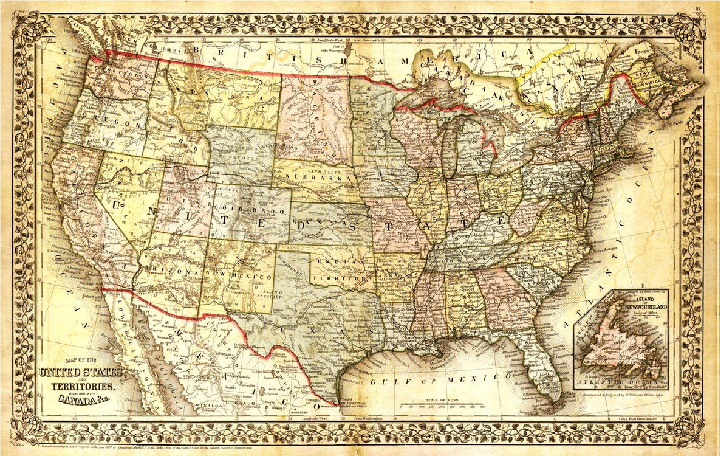 Ontology is often considered a subset of taxonomy. An ontology: Is a domain; contains more information about the behavior of entities and the relationships between them; includes formal names, definitions and attributes of entities; and, may be constructed using OWL, the Ontology Web Language from the W3C.
Ontology is often considered a subset of taxonomy. An ontology: Is a domain; contains more information about the behavior of entities and the relationships between them; includes formal names, definitions and attributes of entities; and, may be constructed using OWL, the Ontology Web Language from the W3C.
Other Definitions of Ontology Include:
- “A data model that represents a set of concepts within a domain and the relationships among those concepts.” (Microsoft)
- “More complex and quite formal collection of terms.” (W3C)
- “A way to represent our knowledge on a specific topic that also allows us to share information using a common language.” (NIH)
- “Describe and classify the entities of interest in a scientific domain in a computationally accessible fashion such that algorithms and tools can be developed around them.” (PubMed)
Businesses Apply Ontologies to:
- “Harmonize data across repositories in a common language for an industry.” (e.g. FIBO)
- To share a common understanding of the structure of information among people or software agents.
- To enable reuse of domain.
- Understand the how the usage of a term has changed over time and thus placing a term in context.
- To allow machines to apply more efficient deep learning techniques and learn better independently.
Ontologies factor the thinking about how a domain influences: choices of maps and models, rules and representations, and required operations. Using taxonomies, alone, just does not model this type of thinking well.
Ontology Examples:

Map of the United States including Winslow Park in Connecticut
Image Credits: Adrian Bowles (Smart Data Webinar Slides)
Image used under license from Shutterstock.com

